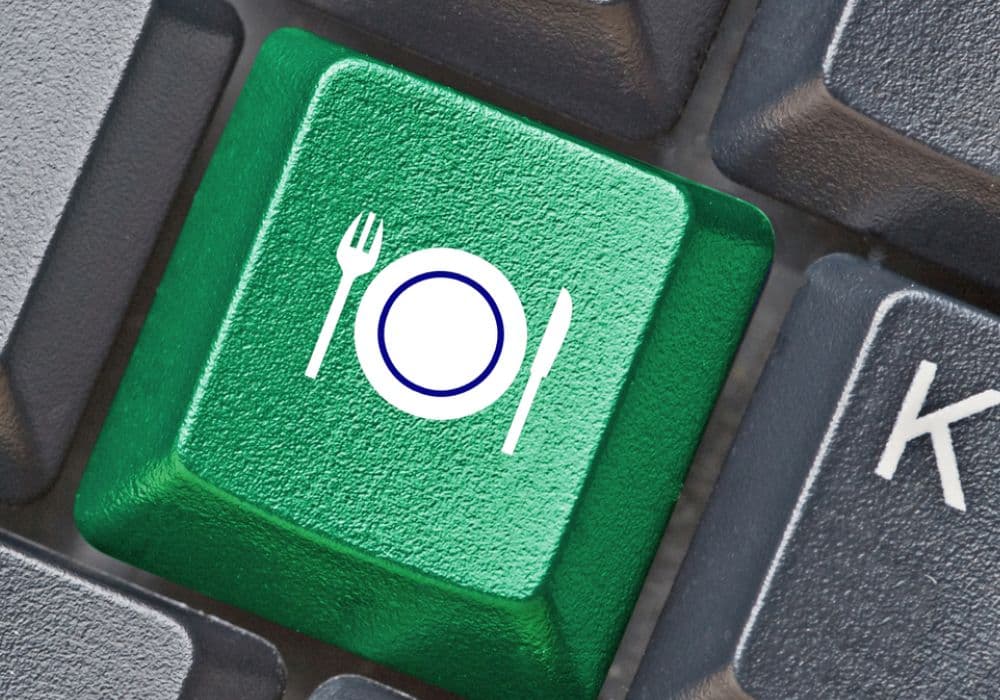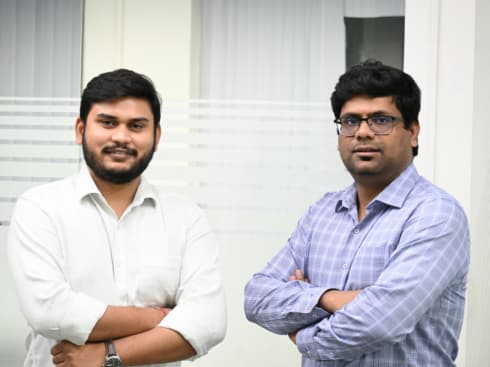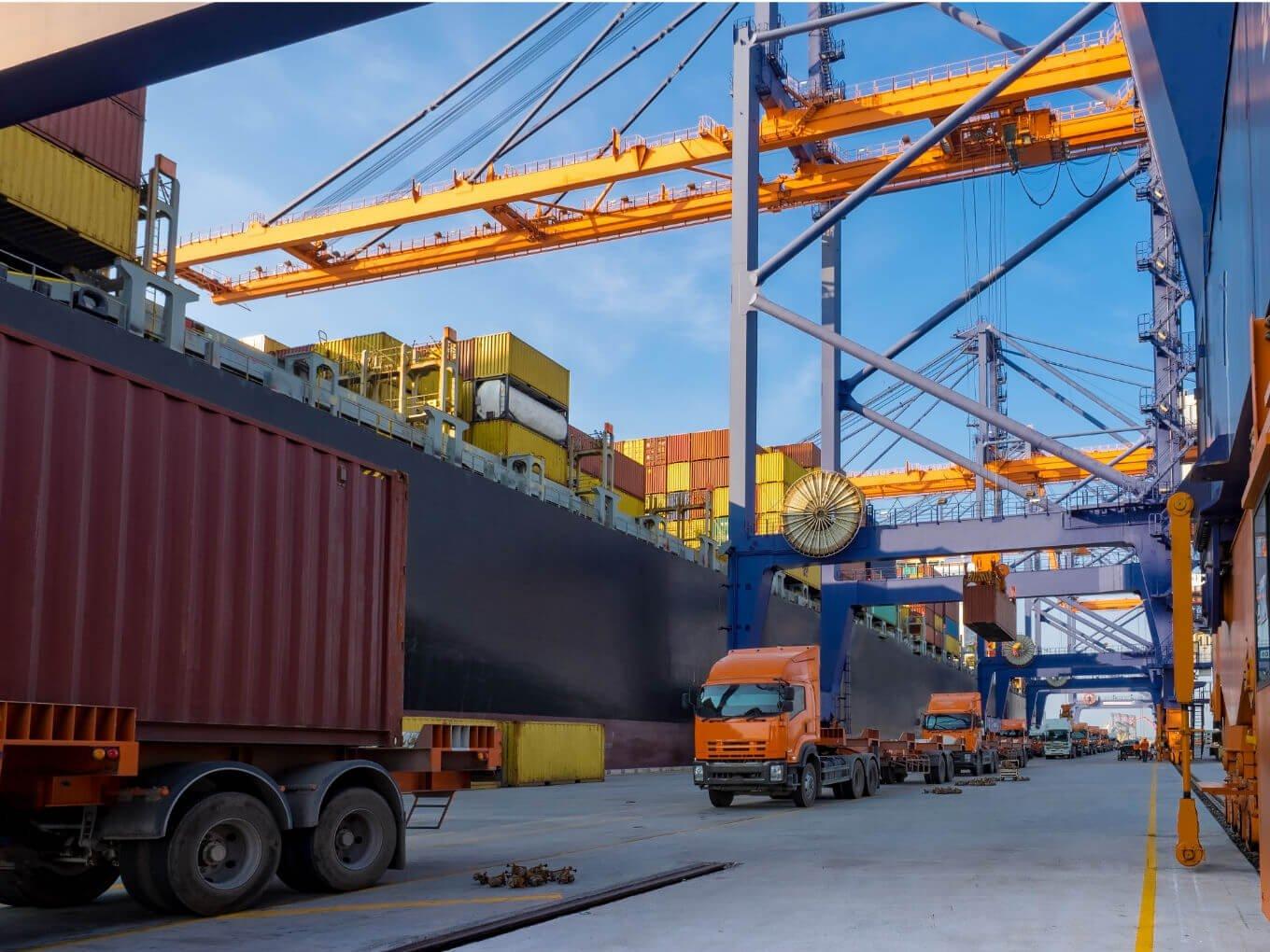
Food delivery companies have been the subject of constant debate since the model first caught fire in India a few years back. Fuelled with easy money, a lot of foodtech companies, ranging from ordering-cum-delivery platforms to full stack models jumped on the serve India bandwagon.
A lot of these on-demand eateries either folded up or merged in a wave of restructuring due to weaker execution (read foodpanda, TinyOwl). But, even execution aside, most virtual chains have failed to make a big splash.
Swiggy, one of the few remaining but successful online delivery companies here closed a $15 Mn round some months ago, valuing the startup at a post-money valuation of approx. $160 Mn. Modelled on the US market leader Grubhub (or UK’s JustEat), it earns largely from commissions on transactions. Its investors hope to import Grubhub’s phenomenal overseas success into India.
But there are some fundamental differences between the Indian and the American food delivery markets.
Average Order Value, Take Rate, And Tips
Firstly, the Average Order Value (AOV) is comparatively low in India. While it’s true that the delivery costs in India, largely consisting of incentives-driven compensations paid to field executives, of $1-$1.5 per order are much lower than the $7-$8 seen in the US, but part of that benefit is negated by the lower $5-$7 post discount AOV here. In comparison, AOVs in the US hover around $30, almost 5x those of India.
Ceteris Paribus, lower the food ticket, lower is the amount earned in commissions.
Secondly, the market driven take rate for pure delivery in India is maximum about 80c per order (normally included in the commission itself), while Grubhub is reported to charge the restaurants and/or customers as high as $4, again almost 5x.
Thirdly, the Indian customer is also not known to be as generous as their American equal when it comes to delivery charges and tips. In the US, the drivers can earn as high as 15% of the AOV in tips. This is not the case here. Hence, even if the Indian customer does pay a delivery charge (when the order value is below the minimum threshold), the amount is generally routed back to the field executives in the form of perks.
Put the other way, while Grubhub loses 50% on an incremental basis, the Indian platforms may lose even up to 100% at margin, on pure delivery. Even Zomato’s delivery partners lose about 25% per order, despite handling others types of deliveries like ecommerce and groceries in order to optimise utilizations during lean phases.
Lessons To Be Learnt From Grubhub’s Growth
There are other lessons that can be learned from Grubhub’s growth. Its Q2 ’16 earnings call revealed that it is losing $4 Mn a quarter on its delivery operations, subsidised by the deeply profitable demand generation division. Also, Grubhub’s growth is mainly driven by increased penetration and increase in AOV, but the average frequency of orders per active diner is dropping due to expansion into new territories beyond the top cities.
This leads to certain takeaways for its Indian counterparts.
It is unlikely that the restaurants here will partake more than what they are doing already. As a hyperlocal model, food delivery is limited to the fixed catchment in the vicinity of the restaurant. Once the customer loyalties set in, restaurants are unlikely to pay more to win repeat orders for the same customer.
In fact, the take rate may decrease as the restaurant rating inches up. Individual AOV may increase with inflation but the combined AOV would take a hit as the business expands outside the metros.
Then, there are other externalities which are specific to the delivery business like traffic and weather conditions. Not to forget the significant cost of recruitment given the high rate of attrition in this industry. It would be interesting to see whether the penetration, density and frequency of takeout customers, especially in new markets outside the metros, are able to justify the cost of operating a full scope pan India delivery network.
About The Author
[The author of this post is Vivek Singla – a Senior VP with a leading PE firm.]































 Ad-lite browsing experience
Ad-lite browsing experience




